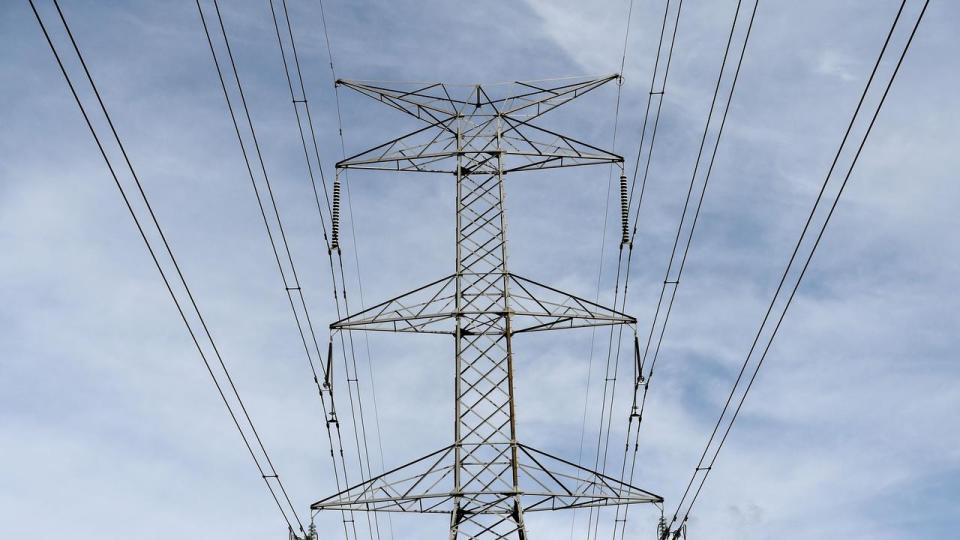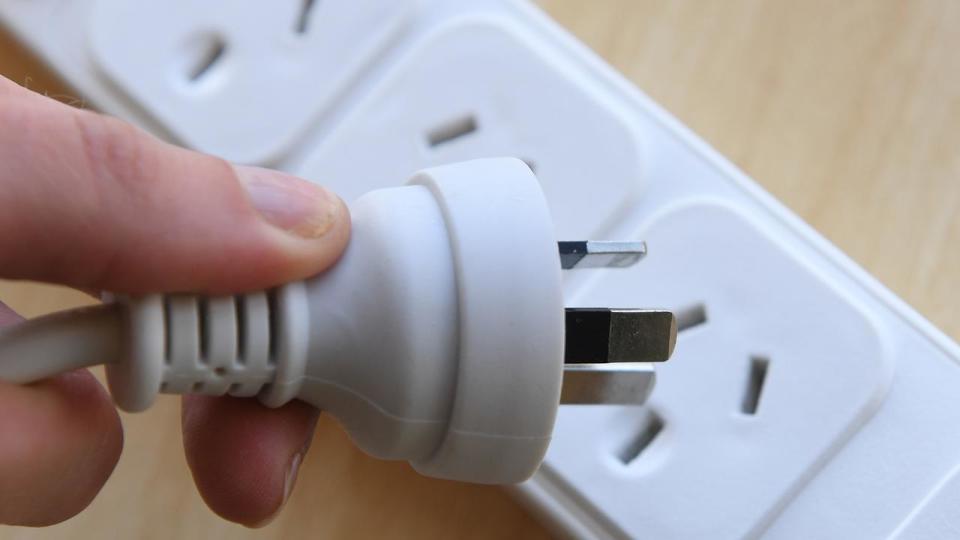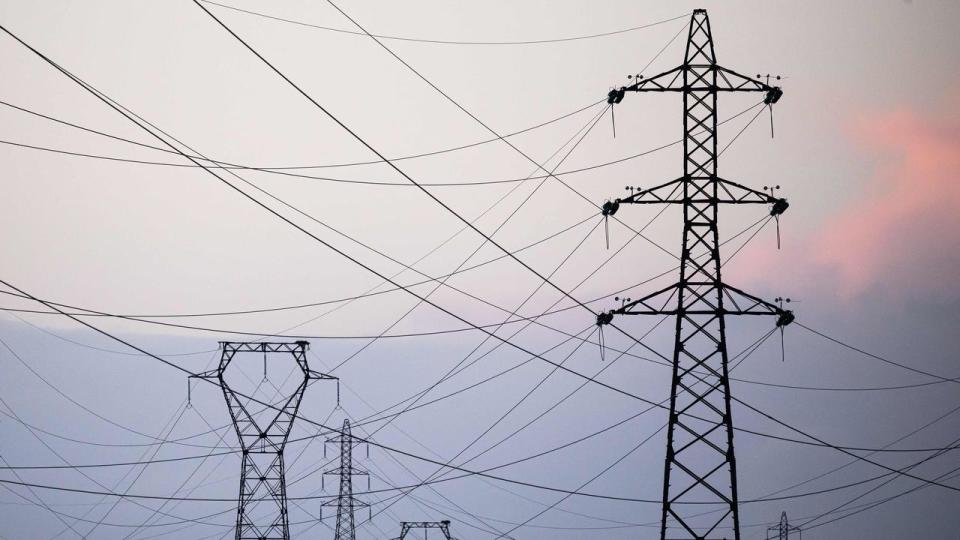Power price shock on way for Aussies

Households across Australia will be feeling the pinch in the coming months as electricity prices are tipped to rise.
From July 1, electricity prices will increase between 20 and 25 per cent for those in NSW, southeast Queensland and South Australia.
The Australian Energy Regulator released its final determination on Thursday, with the revised hike higher than the March draft of 20 to 22 per cent rise.
Despite the federal government intervention in the energy market and wholesale power prices being lower than they were a year ago, about 600,000 customers on the default offer face the significant price hikes over 2023-24.
Around 9 per cent of customers are on a default market rate, which acts as a safety net or benchmark to ensure users aren’t overcharged.
From July 1, residential customers on the rate will see prices increase of between 19.6 and 24.9 per cent, while small business customers face increases of between 14.7 per cent and 28.9 per cent.

AER chair Clare Savage said it had been a “difficult decision” but that high wholesale energy costs continued to drive up retail prices.
“We know households and small businesses continue to face cost-of-living pressures on many fronts, and that’s why it’s important the default market offer provides a safety net for those who might not have shopped around for a better power deal,” she said.
“In setting the DMO price this year we have sought to protect consumers from unjustifiably high prices, and at the same time allow retailers to offer consumers better deals than their standard plans.
“No one wants to see rising prices, and we recognise this is a difficult time, that’s why it’s important for consumers to shop around for a better deal.”

Ms Savage warned that without the energy market intervention, energy prices would have surged 35 to 50 per cent.
Energy Minister Chris Bowen and Treasurer Jim Chalmers said while the Albanese government had “shielded” Australians from the worst of the energy price hikes, any increase to bills would be “difficult” for families and businesses.
“That’s why the government acted in December to cap coal and gas prices and why we worked with states and territories to deliver up to $3bn in direct relief for the most vulnerable households and small businesses,” Mr Bowen said.
Mr Bowen and Dr Chalmers reiterated that without market intervention, prices would have risen further. They heralded their $1.5bn power bill relief package, which will reduce bills by up to $500 for 5.5 million households and a million businesses.
Dr Chalmers said the data “confirms our intervention in the market along with our rebates for families and small businesses are doing exactly what we intended – taking the sting out of price rises”.
“It’s clear that our energy intervention has been successful in easing power prices,” he said.
In making the determination, the AER said it had listened to shareholder feedback.
“The changes we have made are largely updates based on additional, finalised information and refinements to our methodology to better reflect the costs of retailing electricity,” the AER said.

 Yahoo Finance
Yahoo Finance 